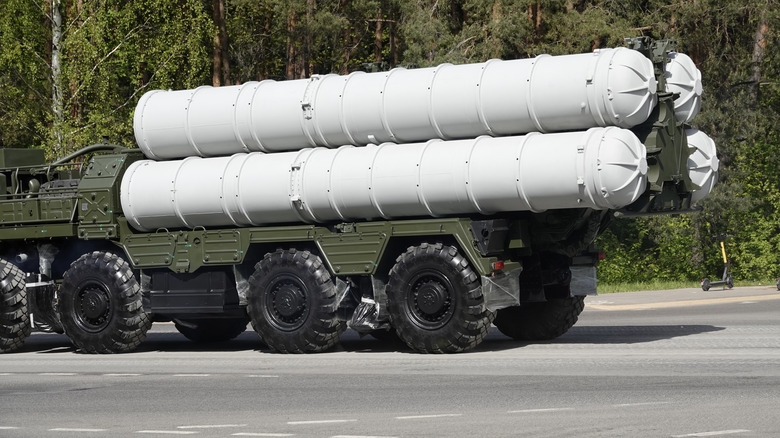How Fast Is Russia's Hypersonic Oreshnik Missile?
Russia's latest piece of high-tech weaponry, the Oreshnik missile, has been making headlines since its dramatic debut on November 21, 2024. The debut arrived in the form of grainy footage, which captured six distinct fireballs as they slammed into Ukraine at astonishing speed. But how quick was it really? Let's break it down.
Russian President Vladimir Putin claims it travels at Mach 10, or 10 times the speed of sound, making it one of the fastest hypersonic missiles today. Ukrainian military officials even clocked it at a faster Mach 11. Its name "Oreshnik" is Russian for "hazelnut tree," which probably comes from its payload delivery system. The missile is equipped with six warheads, and each of those warheads carries six submunitions, creating a cluster effect like hazelnuts on a branch. The Pentagon has identified it as an experimental intermediate-range ballistic missile, likely a derivative of the RS-26 Rubezh program. This has been undergoing testing since 2011.
All those headlines are a result of its chilling capabilities, specifically the combination of speed, power, and range. That incredible velocity makes the missile's flight time incredibly short, giving air defense systems precious little time to react. The speed also gives it massive kinetic energy, making interception by systems like the American Patriot Air Defense System particularly difficult.
During its first use, the submunitions were reportedly unarmed, but their kinetic energy alone was estimated to deliver a destructive force equivalent to tons of explosives. Putin even boasted that a few conventionally-armed Oreshniks could be as devastating as a nuclear strike. That's a chilling claim considering the missile's range of up to 5,500 km (3,415 miles), with which it can threaten targets across most of Europe and potentially even the western United States.
How the Oreshnik is a tool of political intimidation
Russia's official reason for the Oreshnik's first use was retaliation. Putin stated the strike was a direct response to Ukraine using U.S.-made ballistic missiles and British-made cruise missiles to hit Russian territory. The attack was a clear signal to the West, a high-tech "shot across the bow." Many experts believe the missile is less a battlefield game-changer and more a tool for psychological warfare. Mathieu Boulègue of Chatham House said in an AP report that while Oreshnik doesn't rewrite the rules of the war, "in terms of psychological warfare, it works great." This view is echoed by John Erath from the Center for Arms Control and Proliferation, who described Russia's hypersonic developments as "intimidation tactics" designed to scare off Western support for Ukraine.
Russia is doubling down on missile development. In June 2025, Putin announced that "serial production of the latest Oreshnik medium-range missile system is underway." Furthermore, the country has threatened to deploy Oreshniks to its ally Belarus in the second half of 2025, placing the weapon right on NATO's border.
As for whether the West has an equivalent, the short answer is not really. The U.S. was already lagging behind Russia and China in terms of hypersonic missile numbers, but it's actively working to close the gap. The U.S. and Russia were previously bound by the Intermediate-Range Nuclear Forces Treaty, which banned ground-launched missiles with ranges between 500 and 5,500 kilometers (300–3,000 miles). The U.S. withdrew from that deal in 2019, which opened the door for both nations to develop these kinds of weapons again. In July 2024, the U.S. and Germany announced plans to deploy ground-launched missiles in Europe by 2026, including the SM-6, Tomahawk, and "developmental hypersonic weapons."
